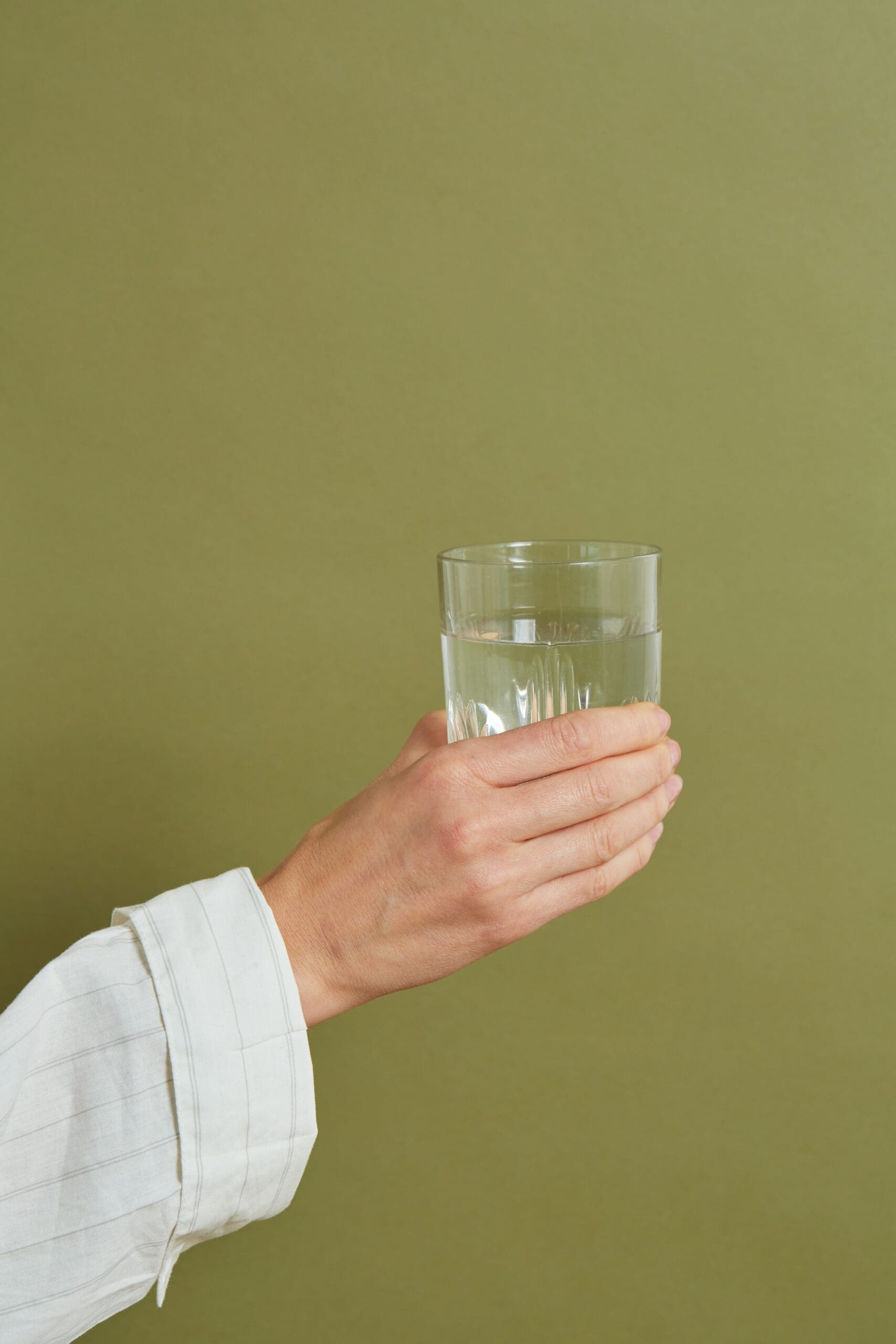Safe water at home keeps your family healthy and prevents issues that can sneak up if you’re not paying attention. From contaminants in the local supply to things lurking in your pipes, there are plenty of potential risks people overlook daily.
But you don’t need a fancy setup or expensive equipment to make sure what comes out of the tap is clean enough for everyone.
Here’s a practical guide with some simple strategies for maintaining safe water at home.
- Regularly Clean and Replace Filters
You’ve probably got some type of filter at home, whether it’s a fridge water dispenser or a pitcher. Over time, those filters collect dirt and bacteria. Letting them sit too long makes them less effective.
It’s easy to forget about replacement schedules, but most manufacturers recommend changing filters every 2-6 months depending on use. For under-sink filtration systems or whole-house setups, the schedule could vary based on water quality in your area.
- Install a Water Softener if Necessary
Hard water causes mineral buildup in pipes and appliances, leading to reduced efficiency or even damage. It also leaves residue on dishes, clothes, and skin after washing.
Installing a water softener can prevent this by reducing calcium and magnesium levels in your water supply. Consequently, you’ll notice less scaling on faucets and fewer issues with clogged pipes over time. While the initial cost may seem high, it saves money long-term through lower maintenance expenses for plumbing fixtures and household devices.
- Flush Your Pipes After Long Periods Without Use
If water sits in your pipes too long, it becomes stagnant and may pick up contaminants. Bacteria like Legionella thrive in this environment, especially during warm weather or if you’ve been away on vacation.
Running the taps for a few minutes, even if you’re saving water, helps flush out any harmful organisms. For best results, run both hot and cold faucets. This keeps everything circulating properly while reducing buildup that could eventually impact water quality throughout your home’s system.
- Test Well Water Annually for Contaminants
Lastly, if your home relies on a private well, you’re responsible for ensuring the water’s safety. Groundwater contamination from nearby agricultural runoff or septic systems can introduce harmful bacteria, nitrates, and other pollutants into your supply.
An annual test checks for common issues like E. coli and arsenic. Some areas may even require more frequent testing based on local conditions. Testing helps you catch problems early before they cause health risks to anyone using the water.
Common Contaminants in Water
Different types of contaminants can sneak into your water, even if it seems clean. Bacteria like E. coli and viruses often make their way in through sewage leaks or runoff from nearby areas.
Lead, which comes from old plumbing materials, is another serious concern that may affect older homes. Other heavy metals, such as arsenic or mercury, tend to appear naturally in groundwater but cause long-term health risks when consumed over time.
Recently, many communities are facing issues with chemicals known as PFAS (per- and polyfluoroalkyl substances). Routine testing of PFAS-contaminated water is crucial because these “forever chemicals” resist breaking down naturally and accumulate both in the environment and human bodies over decades.
Parting Shot
Maintaining safe water at home doesn’t need to be complicated or expensive, but it does take consistent effort. Generally, stay mindful of the little things like filter replacements and annual tests and you’ll keep your water quality in check.
If issues arise, handle them quickly before they escalate. At the end of the day, small actions add up to a healthier living space for you and your family.

Be the first to comment